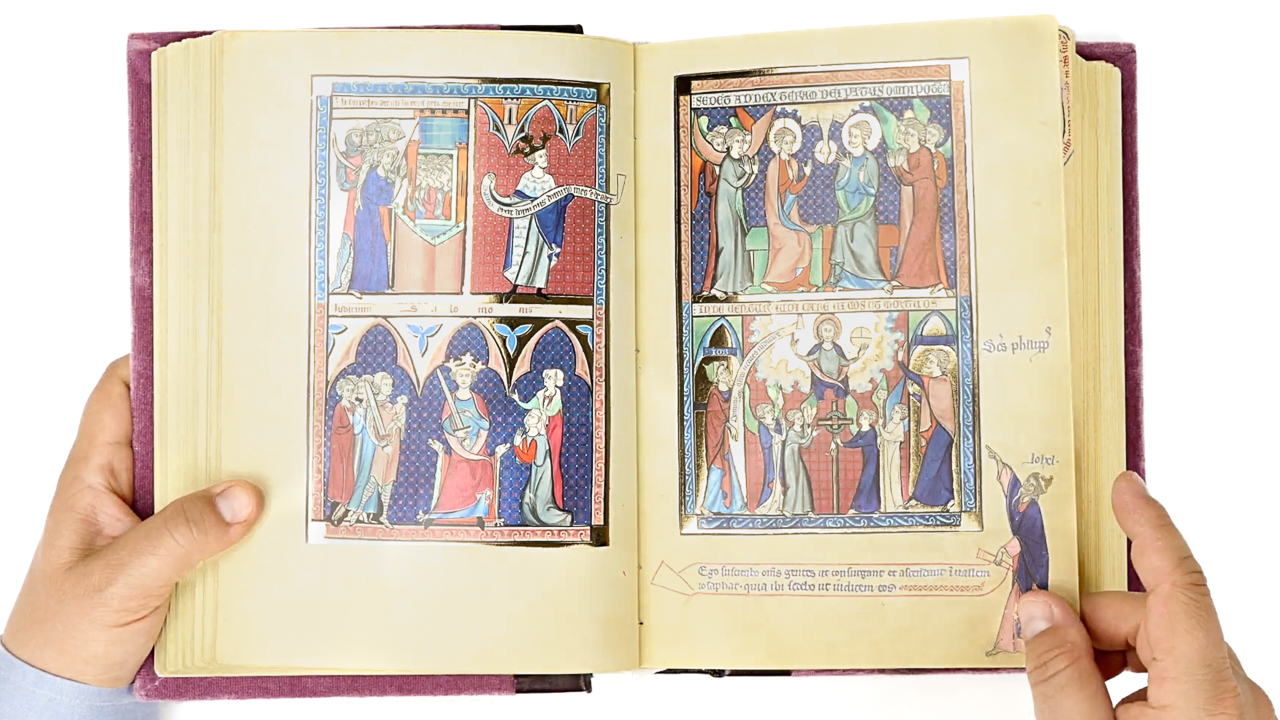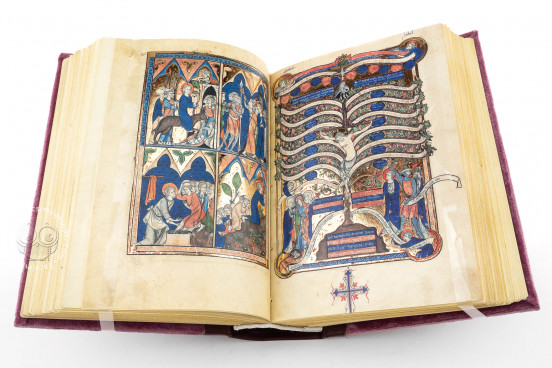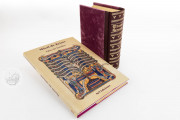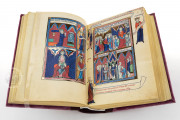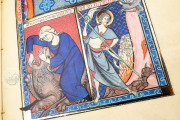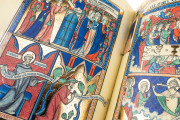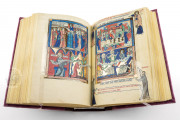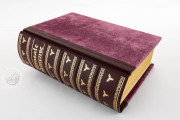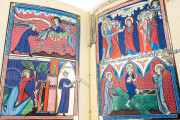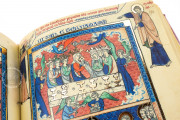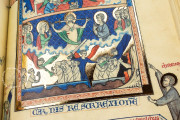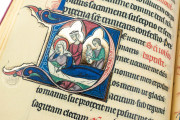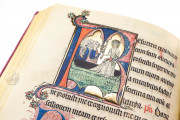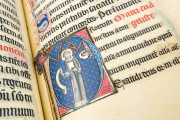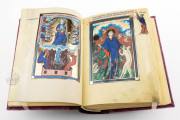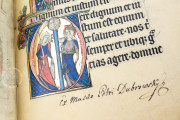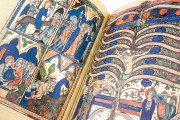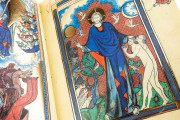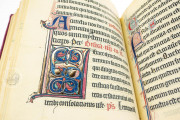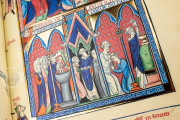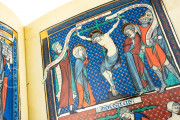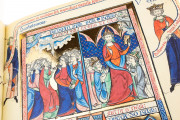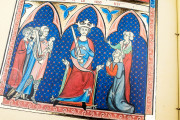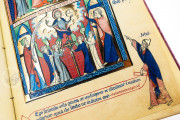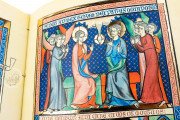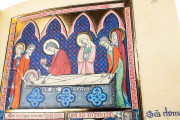The Missal of Saint-Nicaise is a magnificent illuminated Christian liturgical manuscript. Made in France for the Benedictine monastery of Saint-Nicaise in Reims at the end of the thirteenth century, it presents prayers, chants, and readings for the Mass in liturgical order, boasting two full-page miniatures, one smaller miniature, and sixty-one historiated and decorated initials. A series of eighteen full-page miniatures presents the substance of Jean de Joinville's treatise on the Christian creed, a remarkably sophisticated inclusion of the highest artistic merit.
The manuscript opens with a liturgical calendar (fols. 4-9). The texts and chants of the Mass are presented in two annual cycles. The Credo picture cycle appears in three sections interspersed with the liturgical contents (fols. 19-26, 59-66, and 189-190).
Exquisite French Gothic Painting
The illuminator or illuminators responsible for the painting in the Missal of Saint-Nicaise were masters of the French Gothic Style. Although relying on the traditional palette dominated by red, blue, and gold, the range of reds—from orange and pink to rusty brown—produces much nuance in the coloration. The figures are tall, slender, and highly individualized.
Informed by Artistic Trends in Paris
The work of the principal (or sole) artist of the missal has been identified in two other manuscripts destined for Reims, a four-volume Bible (Reims, Bibliothèque Carnegie, MSS 39-42) and a book of hours (Baltimore, Walters Art Museum, MS W.98). He (or they) was/were well schooled in the artistic trends represented by manuscripts made for the French royal chapel a generation earlier.
The Tree of Life
A pair of miniatures of scenes from the Passion of Christ and the Tree of Life as described by Saint Bonaventure (d. 1274) introduces the Canon of the Mass, the prayers said by the celebrating priest as the Eucharistic elements are prepared (fols. 123v-124r). The theme of the Tree of Life was new: it appears as the crucified Christ on a cross from which extend scrolls with texts to aid meditation.
Scriptural Basis for Belief
Jean de Joinville (d. 1319) composed his Credo in the 1250s while on crusade in the Holy Land. Its text is not included in the missal, but its message of support in scripture for articles of faith is presented in pairs of facing full-page miniatures, often enlivened by pointing prophets in the margins. The banderoles mostly contain passages from the Bible understood to explain aspects of Christian belief.
Contemporary History Depicted
The most remarkable scene among those illustrating Joinville's treatise shows French crusaders captive in Egypt, a reflection of his lived experience as a prisoner—together with Louis IX (1214-1270), King of France— in Egypt in 1250 (fol. 63v). This is the only extra-biblical scene and the only one with a French-language inscription.
Classic Presentation
The liturgical text is written, as we would expect in this period, in Gothic Textualis. The sung texts are at a smaller scale, a vestige of a time when the melodies would have been inscribed above the words. The introits—the chants sung as the celebrant entered the church—of major feast days are introduced by historiated initials.
From the Dubrovsky Library
Peter P. Dubrovsky (1754–1816) sold his collection of manuscripts and papers in 1805 to Tsar Alexander I to form a significant component of the manuscripts division of the Imperial Public Library (in 1918 renamed the Russian Public Library, known from 1932 to 1937 as the Saltykov-Shchedrin State Public Library, and now the National Library of Russia).
We have 1 facsimile edition of the manuscript "Missal of Saint-Nicaise": Misal de Reims facsimile edition, published by AyN Ediciones, 2007
Request Info / Price
